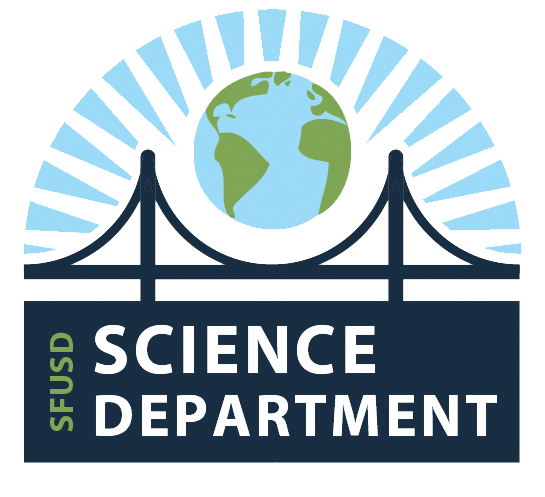
Overview
Kindergarten students in SFUSD do, talk, read, and write to figure out how the world works. They engage in 45 minutes of science instruction four times a week, starting with a five-lesson launch unit, then three 22-lesson content units. Alternate with history/social studies units throughout the year.
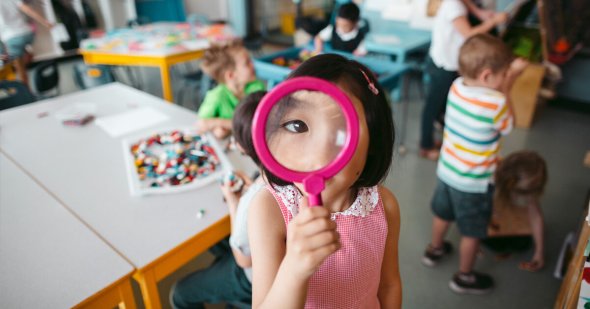
Students begin to develop their science identities and foundational skills in Launch Unit 0, and then build on them and their content knowledge in the life science, physical science, and earth & space science units that follow.
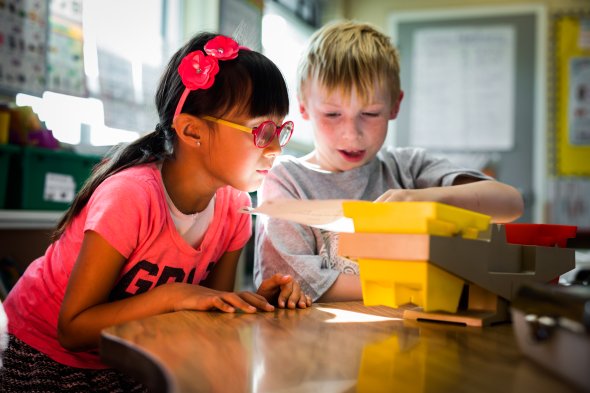
Prioritize using science to model a sense of awe and wonder about the natural and designed world, and guide students to ask questions, design simple investigations, and use their observations, data, and text to construct explanations and design solutions to problems.
Priority Standards Link to this section
What students will know, what students will do, and what thinking skills students will develop to apply and transfer scientific understandings that endure within the discipline, leverage deeper understandings, and/or support readiness for success at the next grade level.
In Kindergarten focus on these critical areas:
Sciences & Engineering Practices
SEPs are behaviors scientists and engineers engage in to figure out and deepen their understanding of content. Kindergarteners predominantly practice:
- Asking questions based on observations about the natural or designed world(s)
- Developing and using models to make sense of science concepts
- Planning and carrying out investigations with guidance and peer collaboration
- Analyzing and interpreting data to describe patterns
- Designing solutions to solve specific engineering problems
Disciplinary Core Ideas
DCIs are the fundamental scientific ideas in the four domains: Life, Physical, Earth & Space Science, and Engineering.
(Click right to view the disciplinary core ideas students figure out through the four kindergarten science units.)
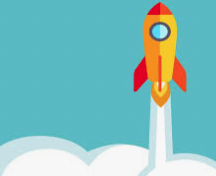
I am a Scientist
Scientists observe, wonder, and record their thinking through drawing and writing in science notebooks (a 4-lesson launch unit for the first 2 weeks of school).
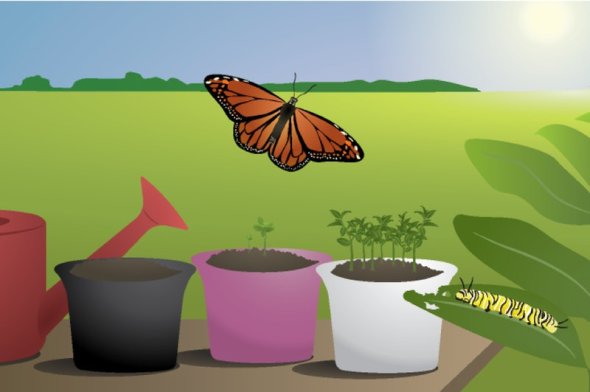
Life Science: Needs of Plants & Animals
All living things need water, air, and resources from the land, and live in places that have the things they need. Plants also need light and animals need food. Humans can make choices that reduce their impact on the world around them.
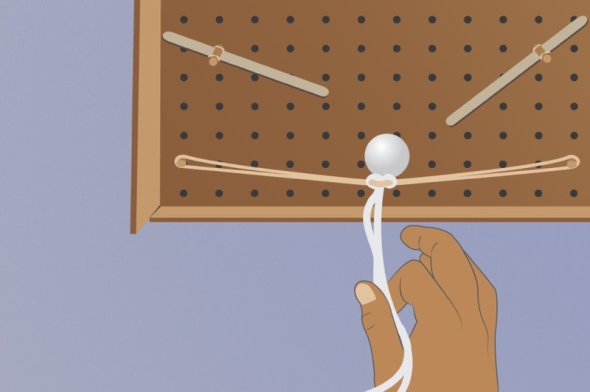
Physical Science: Pushes and Pulls
Different strengths and directions of pushes and pulls affect the motion of an object.
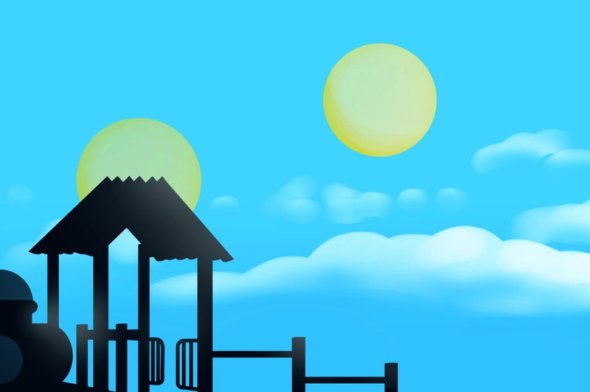
Earth Science: Sunlight & Weather
There are patterns and variations in local weather, and forecasting the weather can help us prepare for and respond to severe weather.
Crosscutting Concepts
CCCs are themes that apply across all domains of science and engineering that help students develop a scientifically based view of the world:
- Patterns: Patterns in the natural and human-designed world can help to describe phenomena.
- Cause and Effect: Events have causes that generate observable patterns.
- Systems and System Models: Objects and organisms can be described in terms of their parts, which work together.
- Structure and Function: The structures of natural and designed objects are related to their function(s)
Instruction: Signature Elements Link to this section
Below are signature elements of SFUSD Science instruction that students should experience regularly throughout kindergarten as they develop as scientists.
Arc of Learning in Every Amplify Unit
- Engage in a Real World Problem
- Collect Evidence from multiple sources (through doing, talking, reading, writing, and visualizing)
- Construct Increasingly Complex Explanations
- Apply Knowledge to Solve a Different Problem
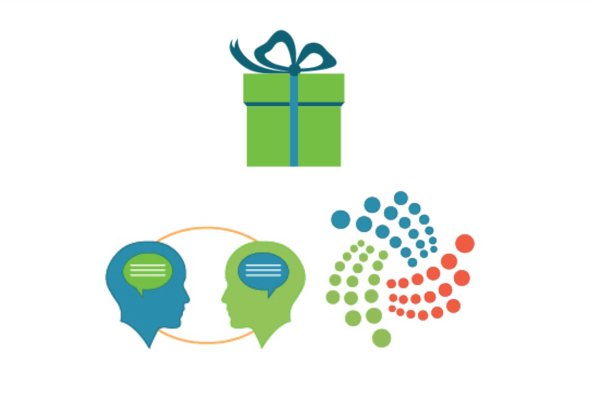
Science Norms
- Mistakes help us grow
- We talk to each other about science
- We can show science and engineering ideas in different ways
Science Notebooks
Science notebooks are a valuable thinking tool. They allow students to construct their understanding over time through drawing and writing, share their thinking with others, and develop language skills. They act as a storehouse for student observations, questions, and ideas throughout the year!

Collaboration
As scientists and engineers, kindergarteners work with others while doing science. They carry out investigations, read and talk about science in pairs so that they can construct knowledge and develop language collaboratively.
Materials
The Kindergarten Science Core Curriculum consists of 3 resources
Every kindergarten classroom has a set of 3 science kits that are SFUSD curricular materials to teach science. Each kit has:
|
|
||
|
|
|
|
|
|
||
If you are missing anything from the list, please first contact your site administrator or designated support. If they are unable to resolve the issue promptly, please work with your school’s designated Science Lead, a teacher leader at your school, to order any consumable materials in the spring semester with the yearly “Refill Pack” order. The Science Team is able to support you as well throughout the year for permanent science items that break. We understand that sometimes an item is lost or broken. Please, use this form to request replacement of permanent items in your science unit kits and to notify the SFUSD Science Team to order this for you.
Before you complete this form, please be 100% certain that these items are missing or broken. C&I tracks requests by school/classroom to monitor expenditures of our limited funds. A notification email will be sent when your request is fulfilled and ready for district mail pick up OR if any items are unavailable at this time. If materials are unavailable, your school’s principal may be able to purchase these items for you with site funds.
Units
The opening science unit, Launch Unit 0, is four short lessons, and launches the year by supporting students to begin to build science identities and to use a science notebook. The three subsequent science units are intended to engage kindergarteners in 45 minutes of science instruction four times a week. Each unit has 22 lessons. (Sometimes a lesson may take place over a few days.) Students build on their science identities and expand content knowledge in the life science, physical science, and earth & space science units. Click on the videos below for a six-minute unit overview for each unit, or access the unit resources and documents in the unit links column.
Additional science unit material and resources are available on the SFUSD Science Portal: http://bit.ly/SFUSDk5science
| Unit | Description | Video |
|---|---|---|
| The opening science unit, Launch Unit 0, is five short lessons that support students to begin to build science identities and a science community, and to use a science notebook. | ||
| Students help a group of children figure out why there are no more monarch caterpillars in a community garden and how to bring them back. Students conduct hands-on investigations to figure out what plants need in order to live and thrive. They ask questions and learn about the system of plants and animals that live together in a habitat. They figure out patterns in the life cycles of living things by reading and analyzing photographs. | ||
| Designing a Pinball Machine. Students take on the role of pinball machine engineers as they explore the effects of forces on the motion of an object. They consider cause and effect and structure and function as they design and build their own pinball machines. They analyze data from their tests using mathematical thinking. Students also gather evidence of forces at work in their school. (The science team has made a lovely video that I am unable to add) |
||
| Students work to solve the problem of why students at one fictional school are too cold during morning recess while students at another school are too hot during afternoon recess. They develop and use models to gather evidence about the effect of sunlight (energy) on Earth’s surface (matter) and how flooding during wet weather can be avoided. They gather local weather data and use concepts of scale, proportion, and quantity to make sense of it. |
Planning Guide
The Science Team suggests trying to stay as close to this schedule and teaching science 4 days a week for 45 minutes. Alternate every 5.5 to 6 weeks with social studies units for that 45-minute block. You’ll see that the schedule below allows a little room to adjust at the start of the school to classroom routines.
| 1st Trimester | 2nd Trimester | 3rd Trimester | |
|---|---|---|---|
|
We are All Scientists |
Life Science (LS): Needs of Plants & Animals |
Physical Science (PS): Pushes & Pulls |
Earth Science (ES): Sunlight and Weather |
|
Sept 26 - 29 (4 lessons) |
Oct. 2 - Nov. 10 (21 lessons) |
Jan. 24 - Mar. 3 (22 lessons) |
Apr. 24 - Jun. 1 (22 lessons) |
Reflection Questions Link to this section
- How are students' developmental needs, communities, and experiences being reflected and honored, or how could they be?
- What opportunities do you see for developing equitable access & demand, inquiry, collaboration, and assessment for learning?
- What are the implications for your own practice? What strengths can you build upon? What will you do first?
Want More?
Standards
More Resources
- Check out the many resources for each of the Kindergarten Science Units on the SFUSD Science Portal
Contact the Science Team
- Anastasia Pickens - Elementary Science Content Specialist
- Claudia Scharff - Elementary Science Content Specialist
- Dr. Renée Marcy - Supervisor for Science; phone: (415) 298-8201
This page was last updated on February 28, 2023

